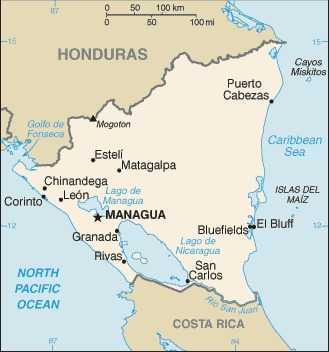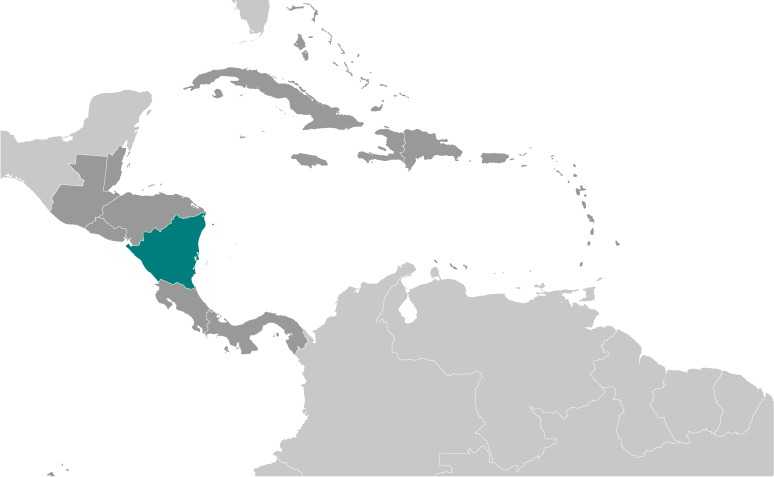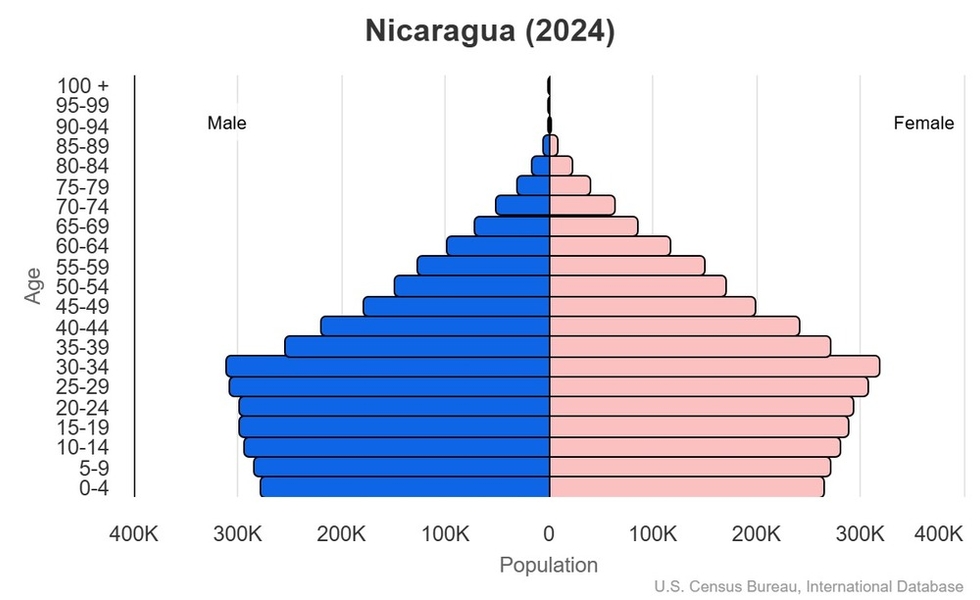Introduction
Visit the Definitions and Notes page to view a description of each topic.
Geography
People and Society
Population
comparison rankings: total 108; male 108; female 109
Languages
Median age
comparison ranking: total 147
Population growth rate
comparison ranking: 97
Birth rate
comparison ranking: 97
Death rate
comparison ranking: 191
Net migration rate
comparison ranking: 166
Maternal mortality ratio
comparison ranking: 87
Infant mortality rate
comparison ranking: total 96
Life expectancy at birth
comparison ranking: total population 139
Total fertility rate
comparison ranking: 134
Obesity - adult prevalence rate
comparison ranking: 63
Alcohol consumption per capita
comparison ranking: total 101
Education expenditure
comparison ranking: Education expenditure (% GDP) 154
Environment
Carbon dioxide emissions
comparison ranking: total emissions 144
Government
Economy
Real GDP (purchasing power parity)
comparison ranking: 123
Real GDP growth rate
comparison ranking: 94
Real GDP per capita
comparison ranking: 153
Inflation rate (consumer prices)
comparison ranking: 139
GDP - composition, by sector of origin
comparison rankings: agriculture 57; industry 70; services 164
Industrial production growth rate
comparison ranking: 68
Labor force
comparison ranking: 104
Unemployment rate
comparison ranking: 77
Youth unemployment rate (ages 15-24)
comparison ranking: total 130
Public debt
comparison ranking: 158
Taxes and other revenues
comparison ranking: 51
Current account balance
comparison ranking: 60
Reserves of foreign exchange and gold
comparison ranking: 91
Debt - external
comparison ranking: 61
Energy
Electricity
comparison rankings: installed generating capacity 121; consumption 131; imports 75; transmission/distribution losses 94
Energy consumption per capita
comparison ranking: 148
Communications
Telephones - fixed lines
comparison ranking: total subscriptions 116
Telephones - mobile cellular
comparison ranking: total subscriptions 111
Broadband - fixed subscriptions
comparison ranking: total 109
Transportation
Merchant marine
comparison ranking: total 168





